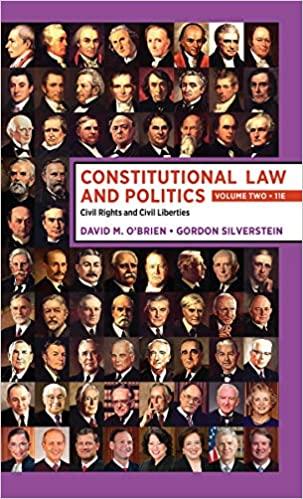Question
A number of revolutionary companies have led the way for dramatic changes in how organizations - both Fortune 500 multinationals and SMEs - conduct their
A number of revolutionary companies have led the way for dramatic changes in how organizations - both Fortune 500 multinationals and SMEs - conduct their performance reviews and manage their staff. In their wake, companies the world over are adapting their performance management practices and readjusting their once-firmly held beliefs regarding performance ratings and annual performance appraisals.Below, we have collated five important case studies of organizations who have shaken up their existing processes and have reaped significant benefits in terms of productivity and performance.
- Adobe introduced continuous performance management in place of annual reviews
Adobe were the forerunners of change when they abandoned annual performance appraisals back in 2012. They replaced them with regular check-ins, supported by frequent feedback - both positive and constructive. There are no performance ratings or rankings and they allow different parts of the organization to determine how frequently they should hold check-in conversations, according to their work cycles.
The result has been a marked increase in employee engagement, with voluntary turnover decreasing by 30% since check-ins were introduced.
- Deloitte saved two million working hours per year with weekly check-ins
Deloitte was the first big name to announce in 2015 that it was scrapping once-a-year performance reviews, 360-degree feedback, and objective cascading. This was after it calculated that these processes were consuming a remarkable two million hours a year across the organization.
Deloitte's new process requires every team leader to check in with each team member once a week to discuss near-term work and priorities, comment on recent work, and provide coaching. To ensure these check-ins take place frequently, the check-ins are initiated by the team members, rather than the team leaders.
These weekly check-ins are supported by quarterly reviews in which team leaders are asked to respond to four future-focused statements about each team member. Rather than asking team leaders what they think of the team member, which is what traditional performance ratings do, they ask what the team leader would do with the team member.
- General Electric put an end to "rank and yank" performance management
Under the reign of its former CEO, Jack Welch, General Electric was the most well-known proponent of annual performance ratings and forced distribution curves. For decades, GE operated a 'rank and yank' system, whereby employees were appraised and rated once a year, following which the bottom 10% were fired. Not exactly a recipe for employee engagement.
In 2015, GE announced that it was replacing this approach with frequent feedback and regular conversations, called touchpoints, to review progress against agreed near-term goals. This is supported by an online and mobile app, similar to our own Clear Review performance management tool, which enables employees to capture progress against their goals, give their peers feedback and also request feedback.
Managers will still have an annual summary with employees, looking back at the year and setting goals, but this conversation will be more about standing back and discussing achievements and learnings, and much less fraught than annual reviews.
- Accenture abandoned ratings for performance development
As of September 2015, Accenture, one of the largest companies in the world, disbanded its former ranking and once-a-year evaluation process. Like GE, Accenture has decided to put frequent feedback and conversations at the heart of its new process and focus on performance development, rather than performance rating.
As Ellyn Shook, Chief HR Officer at Accenture, stated: "Rather than taking a retrospective view, our people will engage in future-focused conversations about their aspirations, leading to actions to help them grow and progress their careers."
- Cargill introduced on-the-job conversations in place of annual appraisals
Like Adobe, Cargill, the U.S. food producer and distributor, started to transform its traditional performance management processes back in 2012, when it introduced 'Everyday Performance Management'. It removed performance ratings and annual review forms and instead focused on managers having frequent, on-the-job conversations and giving regular, constructive feedback. They have made this work by:
- Regularly rewarding and recognizing managers who demonstrate good day-to-day performance management practices.
- Sharing the experiences and tips of their successful managers.
- Holding teams accountable for practicing day-to-day performance management.
- Building the skills needed to succeed at Everyday Performance Management, including effective two-way communication, giving feedback, and coaching.
The outcome has been impressive, with 70% of Cargill employees now saying they feel valued as a result of their ongoing performance discussions with their manager.
- What trends in performance management do you notice based on the case studies discussed above?
- Based on your reading this week and your own work experience, why do you believe these changes in performance management trends are proving effective at many companies?
- Are there any of the trends you have identified that you believe may not be particularly effective at some companies (e.g., based on company size, industry, and/or company culture)? If so, please identify which trends and why.
Step by Step Solution
There are 3 Steps involved in it
Step: 1

Get Instant Access to Expert-Tailored Solutions
See step-by-step solutions with expert insights and AI powered tools for academic success
Step: 2

Step: 3

Ace Your Homework with AI
Get the answers you need in no time with our AI-driven, step-by-step assistance
Get Started


